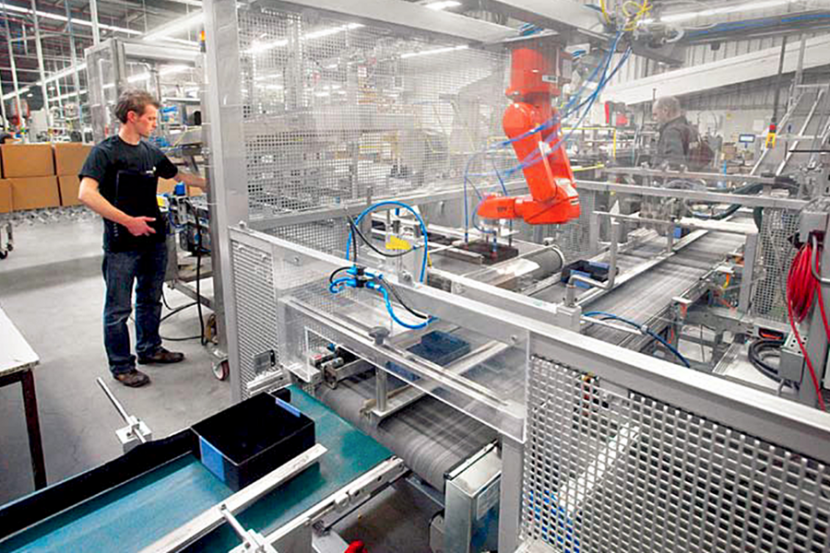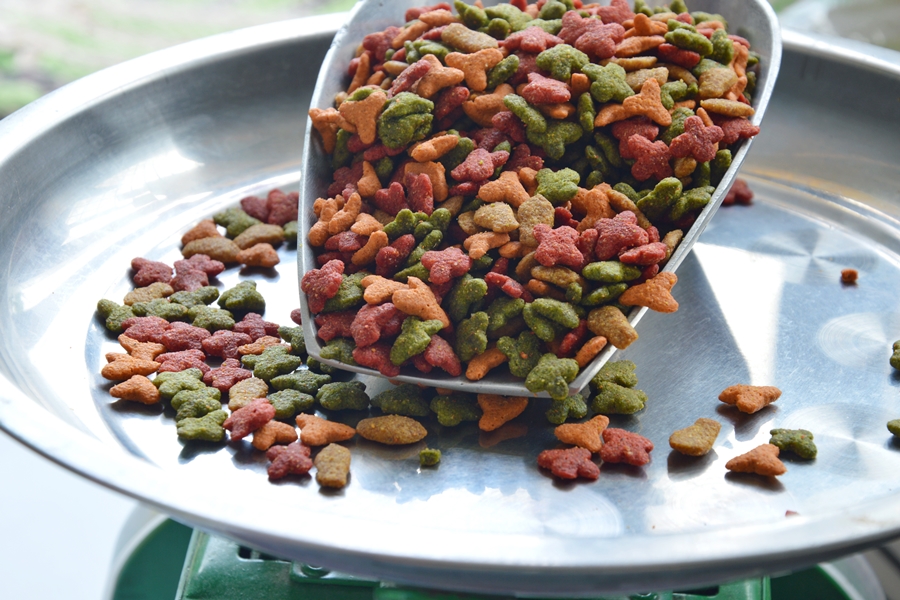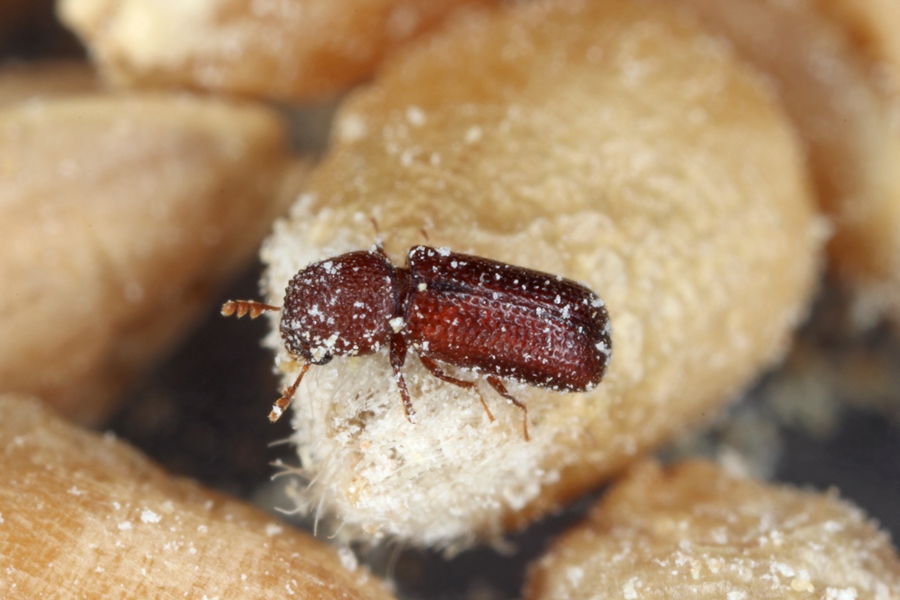Robotics and Cleaning: Is the Trend Your Friend?
By Mark W. Warner
Outbreaks of food-borne illnesses are big news these days and they can often be traced back to an unintentional breach in sanitizing procedures. The problem is that we are human. No matter how hard we try, we still miss important details, a result of information overload in these high-tech times, and the fact that repeatedly doing the same tasks, day after day, can lead to errors rooted in familiarity.
Robots, on the other hand, operate best when doing repetitive tasks while staying completely consistent every time. They don’t get bored. Their minds do not drift. They just do the exact same thing, each and every time. So handing responsibility for something as important as sanitizing and disinfecting can make a great deal of sense, while protecting the public from an outbreak of food-borne illness.
Some robotic equipment is made for cleaning, where they vacuum or scrub a floor.
Robotics and Food Production
The first robots were used in manufacturing to lift hot metal pieces, and now that robotic equipment has evolved to the point of driving cars and helping pilots fly commercial airliners, we have the confidence to let them loose in our facilities, as well. Some robotic equipment is made for cleaning, where they vacuum or scrub a floor. This kind of robotic equipment usually has solution tanks, recovery tanks, pressure jets and wet-vacuuming systems. Other types of robotic equipment is used for disinfecting and/or sanitizing hospital rooms or food production areas. This kind of equipment often uses UV disinfection or electro-static chemical fogging systems.
All of these “robots” move around an area gracefully, and just do their job with no complaints, “bad hair” days, or unexpected absences. These newer robotic systems use a combination of cameras, sensors and computers to interpret the data about their surroundings with a high degree of reliability, using a limited form of artificial intelligence (AI).
But, are they affordable?
Finding the Break-Even Point
Of course, Return On Investment (ROI) is only one key metric to evaluating a purchase. Other key factors include the labor savings that might accrue, the usable life span of the robotic equipment, as well as the on-going maintenance costs. With that information, management can identify the predicted break-even point. From that point forward, the investment in robotics begins to return money to the bottom line.
Here is a hypothetical example…
If a robotic purchase costs $50,000, and it does the work of two people at twice their speed, plus it is expected to last five years, then it has a “break-even point” of under one year, with a potential return on investment of about $200,000 over a five-year span. That’s a 400% return over five years—not to mention the increased vigilance over food safety processes!
Of course, there are other factors that increase the appeal of robotic equipment. Eliminating one outbreak has the potential to cover the cost of an army of robots or, in fact, saving a company. What’s the value of that?
The future of robotic equipment is fascinating and although some people are concerned that there is a risk of AI machines superseding the human race, they hold great promise for enhancing food safety for all.
About the Author
Mark Warner is the Education Manager for Cleaning Management Institute, the education and training arm of the ISSA. He has been involved with the industry for over 25 years, and is currently on the ANSI S400 Cleaning Standard development committee. Mark is an acknowledged subject matter expert in the area of infectious disease control through modern disinfection and sanitization procedures.

-
 FeaturedRisk management
The Cost of a Breach: What a Cyberattack Could Mean for Food Safety Recalls
FeaturedRisk management
The Cost of a Breach: What a Cyberattack Could Mean for Food Safety Recalls
-
 FeaturedRisk management
Securing the Food Chain: How ISO/IEC 27001 Strengthens Cybersecurity
FeaturedRisk management
Securing the Food Chain: How ISO/IEC 27001 Strengthens Cybersecurity
-
 FeaturedRisk management
Revolutionizing Food Safety Training: Breaking Out of the “Check-the-Box” Mentality
FeaturedRisk management
Revolutionizing Food Safety Training: Breaking Out of the “Check-the-Box” Mentality
-
 GFSI Standards
GFSI 2025: Building Trust, Tech-Forward Solutions, and Global Unity in Food Safety
GFSI Standards
GFSI 2025: Building Trust, Tech-Forward Solutions, and Global Unity in Food Safety
-
 FeaturedFood Safety
Integrated Pest Management: Strategies to Protect Your Brand’s Reputation
FeaturedFood Safety
Integrated Pest Management: Strategies to Protect Your Brand’s Reputation
-
 FeaturedFood Safety Culture & Training
No Open Door Policy: Challenges That Impact Pest Control in Food Processing Plants
FeaturedFood Safety Culture & Training
No Open Door Policy: Challenges That Impact Pest Control in Food Processing Plants




